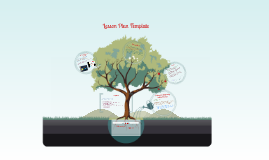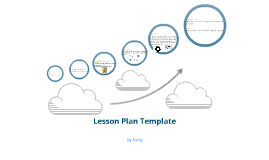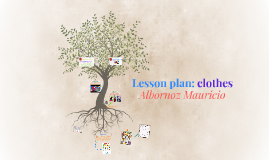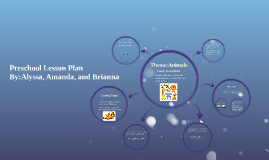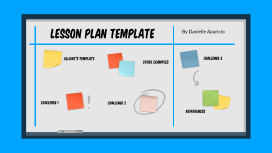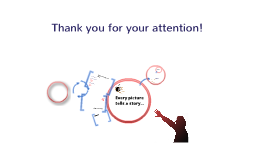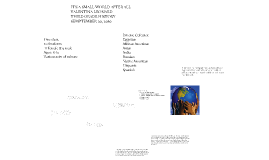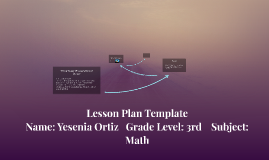Lesson Plan Template
Transcript: 4) After every student has shared, have a small world party. Each student can use the items that they found about their culture to decorate their desks. Students can then walk around the room visiting each person's desk. Afterwards come together as a class and discuss what you saw. Show them that you have a whole world just in you classroom. Students in the third grade history class will work in groups of four, and help each other build on self-esteem and be exposed to different cultures in the classroom. Introduction: 1) During the first days of school, have the teacher introduce her/himself. Include your own cultural background. Bring in items that show your culture: clothes, food, music, pictures, games etc. Then instruct that they will be getting the chance to teach the other children about their own culture. Have the students keep notes on every student in the class. IT'S A SMALL WORLD AFTER ALL VALENTINA LEONARD THIRD GRADE HISTORY SEMPTEMBER 20, 2010 One class, 20 Students 11 female & 9 male Ages: 8-10 Various mix of culture 2) During scheduled share time let the student speak in front of the class about themselves. Be sure as a teacher that the student says positive statements about self. Through modeling demonstrate to students how you think their cultural is interesting and fascinating. Let the children ask questions about that person. Assessment:After every week (on the following Monday), test the students on how well they know their fellow students (the ones that presented the previous week). Give them a list of the names of students that presented the previous week and have them write down what they learned about that student. Have them write between 2-3 things that they learned. Also, on the exam, have the students write down what each culture has contributed to humankind. If the child is uncomfortable speaking about his/her own culture or feels that they have the same background as another student give them the option of studying another culture and letting them present it instead. For students with disabilities let them partner up with another student and have them present together. MATERIALS: books on other cultures Pictures and posters of culutres Personal student items from their culture Cultural music Cultural food 3) During that month, brainstorm with students on how other cultures have contributed to humankind, i.e. the Chinese inventing paper, how did this change our lives. This can link to the next unit which is world history. Be sure that the students document their findings for assessment exam purposes. Diverse Cultures: Egyptian African American Asian India Russian Native American Hispanic Spanish






